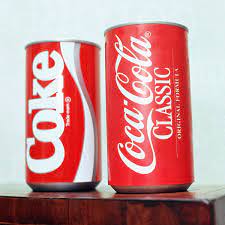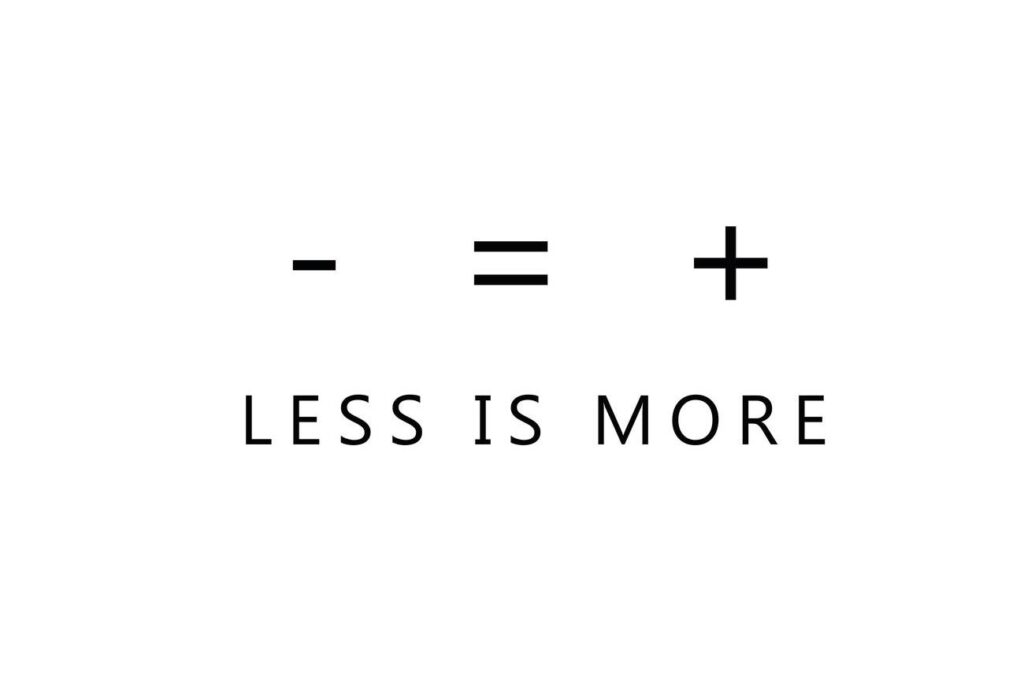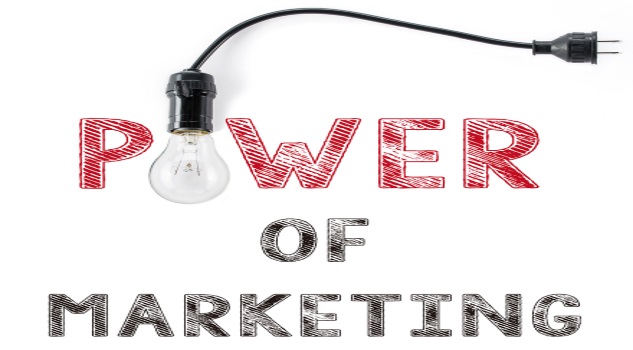The Classic Coke X New Coke Saga

Coca-Cola’s disastrous attempt at rebranding Coke in 1985 delivered a painful lesson: Don’t mess with a classic.
The Coca-Cola Company changed the recipe for the most popular soft drink in the world on April 23, 1985. Many people think this was the biggest gamble in the history of consumer products.
A reformulated Coca-Cola, known as “New Coke,” was launched. Prior to that, way back in 1903, after cocaine was eliminated from the original recipe, no change was made to the recipe. In the United States, its most important market, the company hoped to reinvigorate both the Coca-Cola brand and the cola sector.
On July 11, 1985, the company went back to its original Coca-Cola recipe. This marked the end of 79 days that would forever change the soft drink market and The Coca-Cola Company and show how important it is to take calculated risks.
Influencing Elements
By 1985, the market share of The Coca-Cola Company’s flagship product in the company’s flagship market had been declining steadily for 15 years.
The rivalry between Coke and Pepsi, the two cola giants at the time, reached a boiling point in 1985. By the late 1950s, Coke had a five-to-one sales advantage over Pepsi. With just three words, “the real thing,” it became a standard in the industry and a sign of unbeatable brand leadership.
One way to become the runner-up in a market is to compete with the leader. That’s the tactic Pepsi used to defeat Coca-Cola. Coke may be the “original,” but Pepsi assumed that only meant that older people preferred it.
Pepsi marketed itself to the youth with the slogan “Pepsi, The Choice of a New Generation.” This started in the early 1960s, and it proved successful. The gap between Pepsi and Coke had narrowed significantly.
Honestly, where was Coke supposed to turn? They refused to change their tagline, “It’s the real thing,” which had been in use since 1942. Coke’s strength was exploited by Pepsi because of a flaw it discovered. Pepsi made life difficult for Coke.
Pepsi issued a dare known as the “Pepsi Challenge” in the 1970s. In a series of blind taste tests, Pepsi’s higher sugar content won out. Pepsi shared these results through several ads depicting attractive, upbeat young people. Concern rippled through Coca-Atlanta Cola’s headquarters. Its own study found that what Pepsi said was true.
During the 1970s and 1980s, Pepsi had steady growth. It soon surpassed Coke in popularity at grocery stores. Losing taste tests was terrible enough, but losing market share was unthinkable. A course of action was necessary.
When competing with Pepsi, Coke realised it needed to discontinue production of the original Coca-Cola and replace it with New Coke. They thought it would solve their main problem with the Pepsi Challenge. With this new recipe, they might be able to make a cola that people like even more than Pepsi.
Coca-Cola’s legendary secret formula was altered to reflect the preferences of approximately 200,000 taste testers. Naturally, these studies did not reveal the attachment that Coke drinkers had to their beverage, which they naturally did not want The Coca-Cola Company to disturb in any way.
The Unrest
The spring and summer of 1985 irrevocably altered how the Coca-Cola Company saw the world. Pundits criticised it as the “marketing blunder of the century,” customers hoarded the “old” Coke, and thousands called for demonstrations.
The 800-GET-COKE hotline, as well as local Coca-Cola franchises, were inundated with calls. The number of calls to The Coca-Cola Company’s customer hotline increased to 1,500 per day in June 1985 from 400 per day before the flavour adjustment. Whether it was the guards at our corporate offices or one of their neighbours who worked for Coke, everyone blamed Coca-Cola for the shift.
When Mr Goizueta (CEO) checked his mail, he saw a letter addressed to “Chief Dodo, The Coca-Cola Company.” (He complained more about the fact that he received it than anything else!) Someone else had written to him asking for his signature, thinking that the signature of “one of the worst CEOs in American business history” would be worth a lot of money in the future.
Some customers were worried at the news of the flavour change and stocked up on cases of Coke. A San Antonio, Texas, resident went to a neighbourhood bottler and dropped $1,000 on a case of Coca-Cola. The disappearance of their beloved soda caused sadness for some. People started talking about Coca-Cola all of a sudden when they realised how important it was in their own lives.
There were protest organisations springing up all over the nation, such as the Society for the Preservation of the Real Thing and the Old Cola Drinkers of America (who claimed to have recruited 100,000 in their campaign to bring back “old” Coke). To pay homage to the classic style, several songs were composed. Signs reading “We want the real thing” and “Our children will never know refreshment” were among those held by demonstrators during a May event in downtown Atlanta.
The Classic Returns!
Those who had been secretly stockpiling as much as 900 bottles of “vintage” Coca-Cola in their cellars could finally relax their self-imposed restrictions in July 1985, when the company announced the reintroduction of the beverage.
Two network newscasts and almost every major newspaper’s front page that July day was devoted to the story of the reintroduction of the “vintage” Coca-Cola to stores as the Coca-Cola classic. The choice was well received by consumers. The Coca-Cola Helpline got 31,600 calls in only 48 hours following the unveiling of the traditional version of the drink. Coca-Cola was much more than simply a soda.

Both Coca-Cola and New Coke were available for purchase, with the former featuring the hip and trendy “Catch the Wave” advertising campaign and the latter the heartfelt “Red, White, and You” promotion. Eventually, the new flavour of Coca-Cola was rebranded as Coke II, and it was eventually discontinued in the United States.
The events of 1985 had a huge effect on the growth of both the soft-drink industry and The Coca-Cola Company. The Coca-Cola brand reached new heights as loyal customers reaffirmed how much they love the company’s flagship product.



